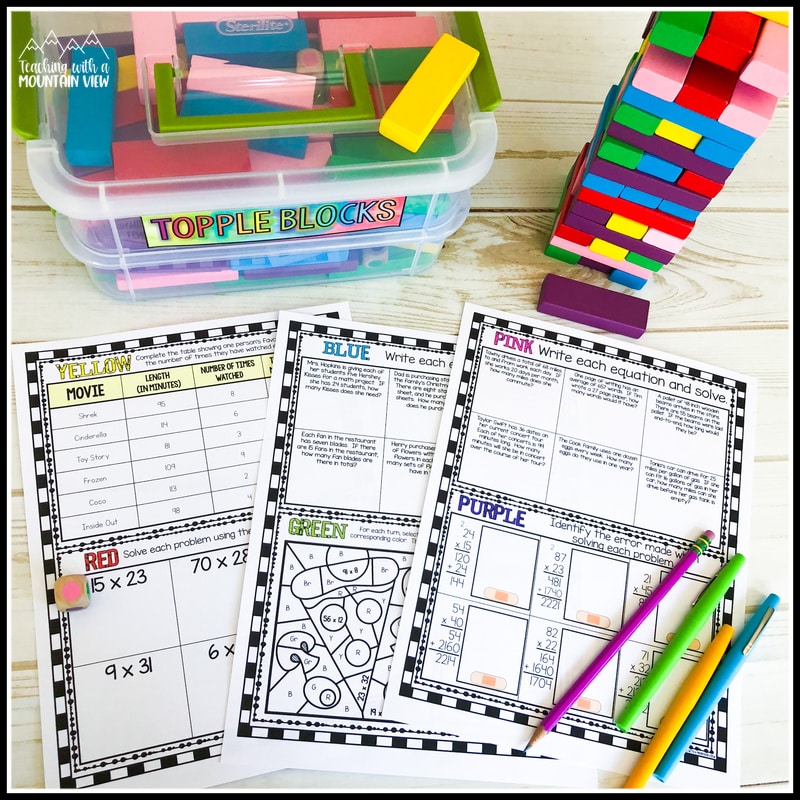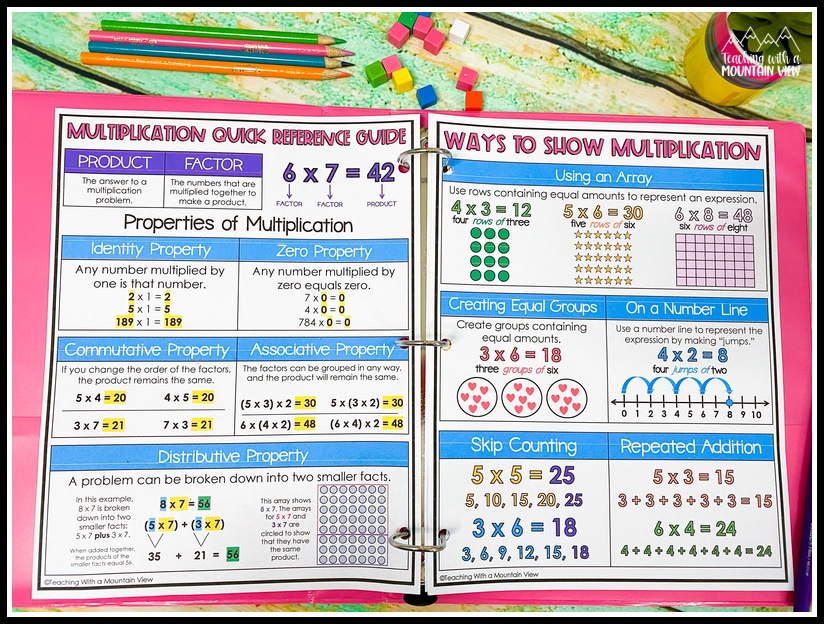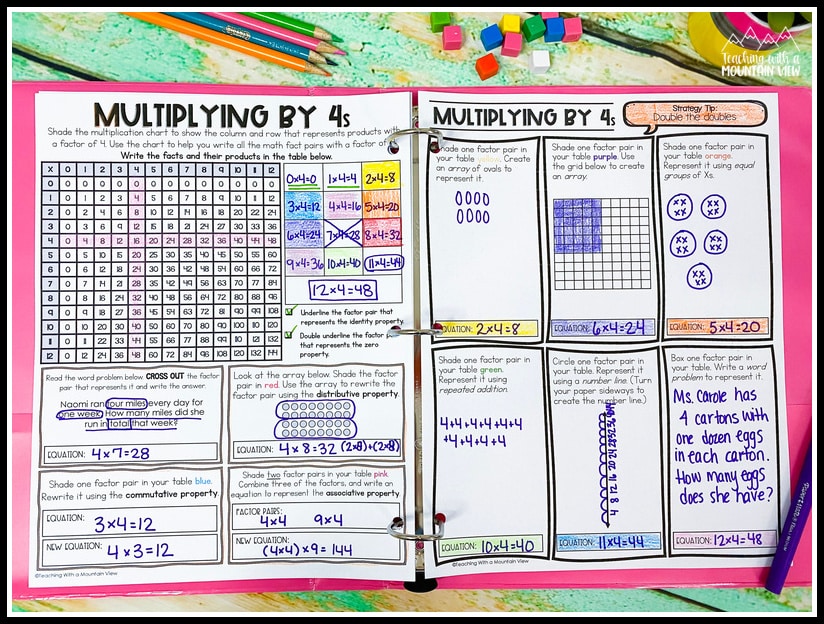Multiplication Fact Practice: Engaging Ways to Boost This Key Math Skill
Learning multiplication facts is an important part of elementary math. Knowing math facts fluently will help students tackle other math skills, as well as benefit them throughout their life. Unfortunately learning math facts can also be super boring because rote memorization often plays a big part. I'm sure we all remember the days of endless flashcards and timed tests. Here are some of my favorite alternative multiplication fact practice activities that are engaging and fun!
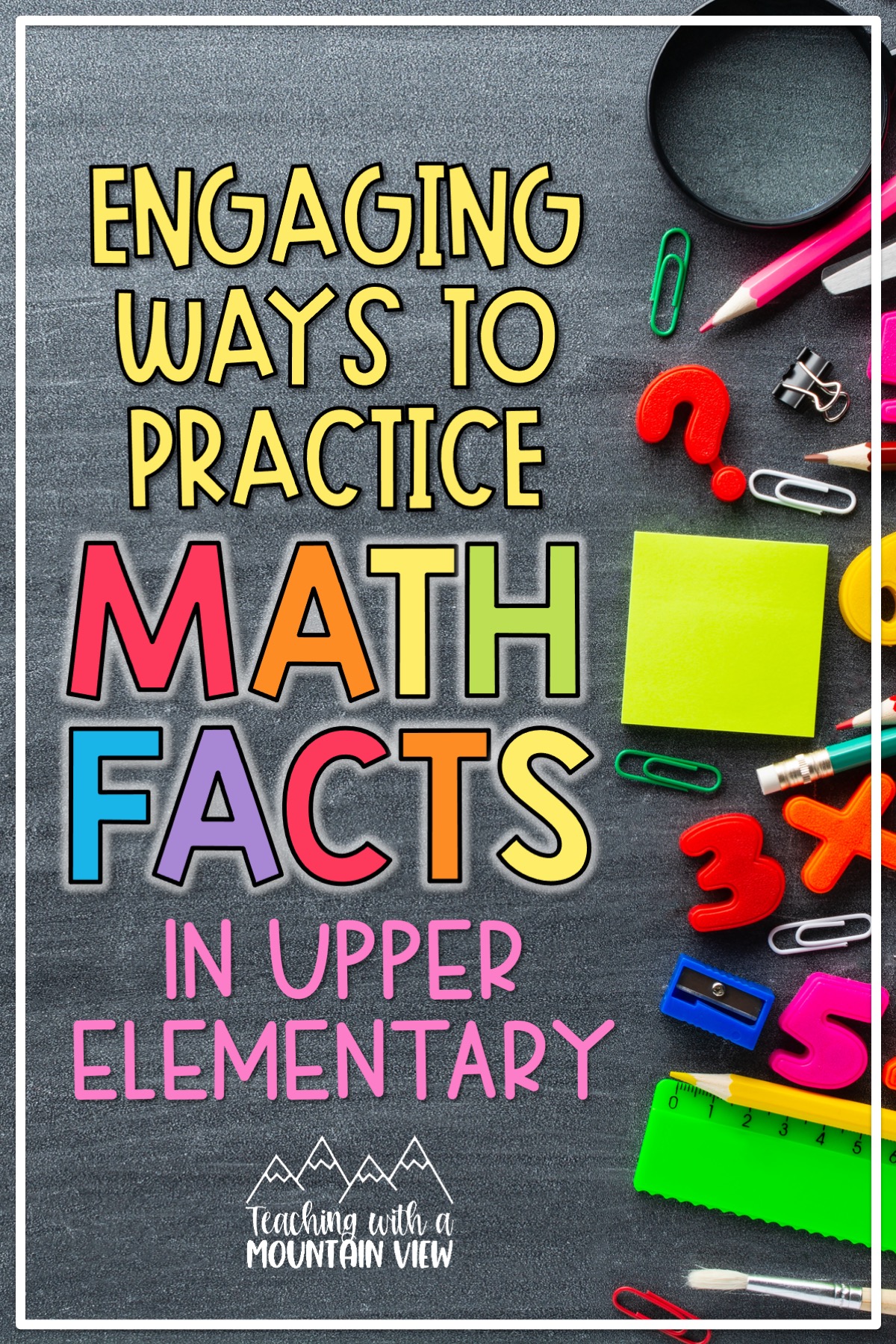
Make Multiplication Fact Practice A Game
Instead of the old “drill and kill” method, use the same flashcards to replace question cards in board games. If that doesn't work for the games you already have, you can play the regular way but have students correctly answer math facts before taking a turn. You can also play a traditional partner game like Tic-Tac-Toe, but have the students correctly answer a multiplication card before taking turns.
You can also use any game that involves numbers as an opportunity to practice multiplication (or any operation!). Let your students play UNO, and as they lay their card down they have to multiply it with the top card on the pile. Use traditional cards to play a game of Multiplication War. Students turn over two cards (instead of one) and multiply them together. The person with the highest sum gets all 4 cards. You could even play Go Fish by having students ask for the sum. It might sound like this, “Do you have two numbers that will make 15?” What I especially love about this is that both players are really thinking about multiplication in different ways.
When your students are ready for more advanced multiplication practice, this Topple Blocks Multiplication game is a great choice!
Use Dice and Dominos
Instead of using traditional flash cards or number cards for multiplication fact practice, have students roll two dice and then multiply them together. Students can also draw a domino and multiply the two sides before placing it. I also challenge students to create their own math practice by having them roll a certain number of times or draw a specific number of dominos. Then they write down the math fact they created and solve it. Students can combine this idea with the game board idea above to play partner games like Tic-Tac-Toe, War, or Go Fish using dice and dominos.
Play Scoot with Math Task Cards
Multiplication fact practice is more fun when you play a game of Scoot with your entire class. To play Scoot, you lay out a task card on each desk or hang it on the wall in the classroom (hallways work too for a change of scenery!). Each student stands in front of a card with a clipboard and a piece of paper or a recording sheet. When you say “Go,” students work the problem and write down the answer on their recording sheets. When you say “Scoot,” everyone moves over one place and begins the next problem. If you're new to Scoot, this post has a free set that you can use to teach your class how to play!
For basic math facts, it’s fun to start the time at about 20 seconds and gradually get the kids moving faster and faster. This method usually ends in lots of giggles and laughter. Other tasks, like word problems, might require a little more time. They key is to start at a time you think will give your students sufficient time to solve the problem without leaving too much dead time. You can always adjust the timing as you play.
This multiplication task card bundle is perfect for playing Scoot and covers more than just multiplication facts!
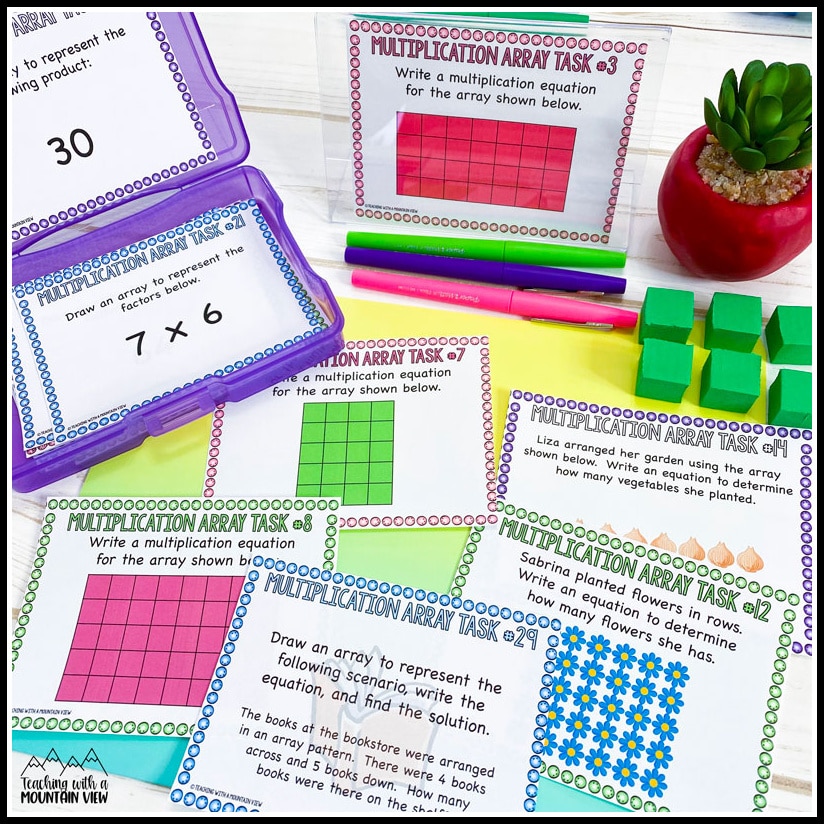
Multiplication Stories
Want a different approach to learning multiplication facts that often helps students who are struggling? Make up multiplication stories using the numbers as characters and have the students illustrate it. There is something about using language and pictures that makes it less math-like and activates the language centers in the brain.
The multiplication stories should include two number characters and the sum. Here’s an example:
TWOlip was a beautiful, red flower in the garden at a castle. One day a THREE-winged fairy came flying through the garden and landed right on TWOlip’s leaf. TWOlip and the THREEwinged fairy started talking about their favorite things. Soon they realized that they both loved doughnuts more than anything in the world. The THREE-winged fairy flew off and soon came back with a little bag. Inside were SIX of the smallest doughnuts you have ever seen. TWOlip and the THREE-winged fairy ate SIX doughnuts in the garden.
Another way to do this is to create a class set of number characters. You could use one of the many videos on how to draw using numbers as a start. Here’s a set of animals that all started with numbers. They would make great story characters too!
Learn to draw the animals together. Not only could these little drawing lessons be great brain breaks or fill five minutes at the end of the day, but this will also help the students easily remember what number each animal stands for. Then let them come with a story that helps them remember the sum.
If you love this idea but don't have time for students to create their own stories, look into some story-based options that are already created. Here are two options (Amazon affiliate links).
- Time Tales (focuses on the upper numbers and hard to learn facts)
- Times Tables the Fun Way!
A Multiplication Celebration
Mastering multiplication facts is definitely something worth celebrating! You can use a fun celebration as an extra incentive too. Decide what the celebration will be. An ice cream party? A pizza party? Extra Recess or a Game Day? Then use a simple tracking page to help students see their progress. As they master a set of multiplication facts, they can color in or add to a tracking page that shows their reward. At the end of the year have your multiplication celebration with each student participating based on what they earned.
For example if you have an ice cream party it might look like this: Students earn a bowl when they master their 1’s & 2’s. Students earn a spoon when they master 5’s. Students earn one scoop of ice cream when they master 10’s. Students earn a second scoop of ice cream for mastering 3’s. Students earn 1 topping each for mastering 4’s, 6’s, 7’s and 8’s. Students earn a drink for mastering 9’s. You can also find lots of multiplication celebration ideas on Pinterest!
This Multiplication Masters booklet can help students practice their strategies, facts, and multiplication properties.
Have a Multiplication Bee
Think spelling bee, but with multiplication facts. You could do it with your class, your grade level, or even all grade levels that work on multiplication facts. It just might become an annual tradition that students look forward to. Students will take turns answering multiplications facts. Each round can be a different set of facts (like round 3 is all the 3’s) or you can mix them up. The longer students stay in the multiplication bee, the more complex the problems become.
Do you worry that students won’t pay attention when it’s not their turn? No problem. Make sure they know that if someone gets the wrong answer the next people in line will get the same problem. This definitely helps with the focus and engagement.
Race the Teacher
Help students work on math fact fluency with a timed fact drill. But instead of just keeping time, do the drill with them and call it Race the Teacher. Let students practice Monday through Thursday on a particular set of facts. Then on Friday join in the fun and make it Race the Teacher day. Come up with a fun little reward to add to the competition. Make it something fun like five minutes of extra recess, no homework, or the teacher wears a silly hat if the class wins. As for winning, you decide what that means based on the skills of your class. I always like to say that if I have more problems answered than everyone in the class I win. You could also say the class beats you if everyone in the class gets at least 10 correct.
We also used these (Amazon affiliate link) to race each Friday. Each student would select one and challenge me to a race. If the student beat me, I gave a small prize of their choice (mini eraser, marked off a question on their homework for the night, sucker, etc).
Go Digital
Students love screen time, so why not use it to help them master their multiplication facts? There are numerous websites, programs, and apps that work on math facts. These are perfect for independent math centers, math warm-ups, morning work, or early finisher activties. Here are some of my favorites:
- Xtra Math (this free site gives students daily math fact practice in less than 5 minutes a day and provides data on student progress for the teacher)
- Math Playground (a free website with lots of math games and it is kid safe with no ads)
- ABCYa (a free kid friendly site with lots of educational games – no ads)
- Math Ninja App (this is always a class favorite)
- Math Duel App (a fun partner game)
- Mathemagics Multiplication (remember that idea for learning math facts through stories – well this app does just that!)
More Multiplication Tips
I've shared a couple other posts with more multiplication tips. You can find those here:
What Would You Add?
Making learning fun is the key for getting students to engage, participate, and take ownership of the learning process. Keep the excitement and learning alive by incorporating some of these fun multiplication fact practice ideas.
Do you have your own multiplication fact practice tips to share? You're invited to join our FREE Inspired in Upper Elementary Facebook group where we're always brainstorming ways to make learning more engaging and fun!
The post Multiplication Fact Practice: Engaging Ways to Boost This Key Math Skill appeared first on Teaching with a Mountain View.

